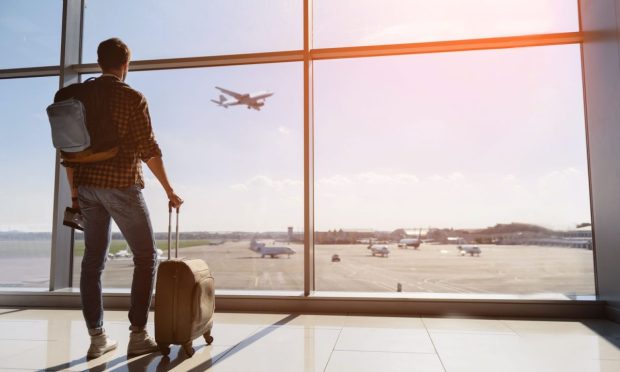Google Pay to Reimburse Travelers if Airline Ticket Price Drops

Amid the great travel rebound, the scramble to book flights and pay for them leads to something else entirely.
Let’s call it booking envy. Log on, submit payment, and then (we’ve all been there) feel crestfallen upon finding out that the price falls days or weeks later — maybe even close to takeoff. The mind reels with the money that could be saved, that is being saved by someone who’d been at the right site at the right time.
Google said Monday (April 3) that it has launched a pilot program known as “Price Guarantee” that is “available on select Book on Google itineraries within Google Flights.”
In terms of the program itself, the company said that after consumers book, Google will monitor the price until the flight departs, notifying participants in the pilot if the price drops. In that event, the traveler is reimbursed the difference in Google Pay.
“If the price didn’t go down, you can rest assured that you got the best price with Google Flights,” the company said in the announcement. Google also said that users must download the Google Pay app within 90 days of the first flight in a given itinerary. The refunds can range from $5 up to a maximum of $500 per calendar year for three guaranteed bookings at any one time.
For Google, there’s the advantage of further crystallizing an ecosystem that combines search, payments and customer loyalty. In the “The ConnectedEconomy™ Monthly Report: Digitally Divided — Work, Health and the Income Gap,” the 14% jump in travel- and transportation-related apps as measured in January outpaced most other pillars. PYMNTS data found that 16% more consumers are using online channels to research travel options, and buying airfares online also was up 16% in January from a year ago. With a bit more granular detail, 46% of high-income consumers planned or booked travel tickets or accommodations digitally, which also hints that there’s some disposable income on hand to spend during the sojourn itself. These are the consumers earning more than $100,000 annually.
Tapping the Greenfield Opportunity
The Google announcement mentions that users don’t have to pay for the flights with Google Pay to qualify for the program — now tied to Alaska, Hawaiian and Spirit Airlines.
But we note that by issuing the refunds into Google Pay, the spending “firepower” is there to for consumers to use those refunds to buy something else before the trip, during, or after. In PYMNTS research published toward the end of last year, we found that Google Pay had gained share of mobile wallet transactions through the pandemic, from 13% in 2019, to a recent 15.2%.
That pales in comparison to the 44% of in-store mobile wallet transactions garnered by Apple Pay at the most recent reading. The greenfield opportunity is significant, as separate PYMNTS data show that Google Pay took 2.5% of the total amount of online purchases.

